Please check my math re beam spread from CR6?
la_koala
12 years ago
Related Stories
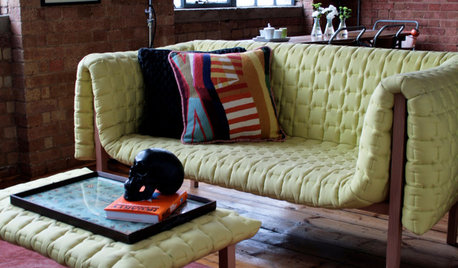
DECORATING GUIDESPlease Touch: Texture Makes Rooms Spring to Life
Great design stimulates all the senses, including touch. Check out these great uses of texture, then let your fingers do the walking
Full Story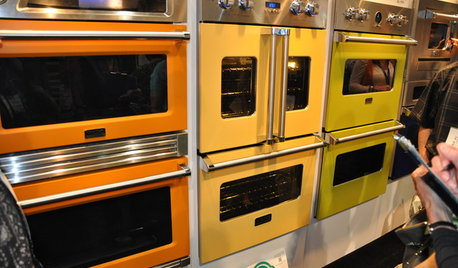
KITCHEN DESIGNStandouts From the 2014 Kitchen & Bath Industry Show
Check out the latest and greatest in sinks, ovens, countertop materials and more
Full Story
HOME OFFICESQuiet, Please! How to Cut Noise Pollution at Home
Leaf blowers, trucks or noisy neighbors driving you berserk? These sound-reduction strategies can help you hush things up
Full Story
GARDENING GUIDESGreat Design Plant: Silphium Perfoliatum Pleases Wildlife
Cup plant provides structure, cover, food and water to help attract and sustain wildlife in the eastern North American garden
Full Story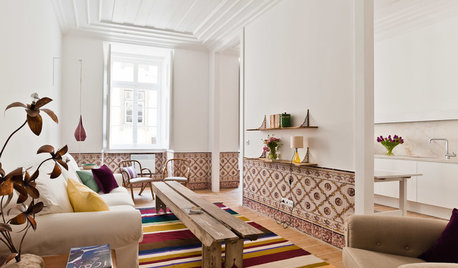
TRAVEL BY DESIGNHomes Away From Home: 6 Appealing International Bed-and-Breakfasts
Live like a local in a foreign land. These design-friendly B and Bs offer comfort and style for a wide range of budgets
Full Story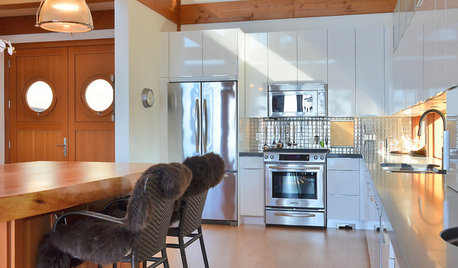
REMODELING GUIDES6 Must-Know Lessons From a Serial Renovator
Get your remodel right the first time, with this insight from an architect who's been there too many times to count
Full Story
HEALTHY HOME6 Tips From a Nearly Zero-Waste Home
Lower your trash output and increase your quality of life with these ideas from a mom who did it to the max
Full Story
MOST POPULAR15 Remodeling ‘Uh-Oh’ Moments to Learn From
The road to successful design is paved with disaster stories. What’s yours?
Full Story
GARDENING GUIDESHow to Plant a New Lawn From Sod
Take the quick-start route to turf with sod; these installation guidelines will help ensure a healthy and long-lasting lawn
Full Story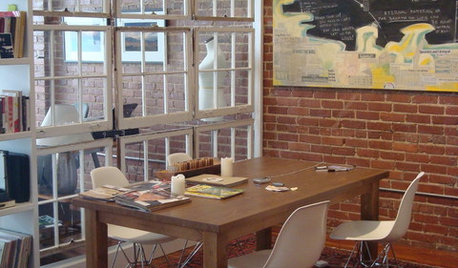
REMODELING GUIDESGet What You Need From the House You Have
6 ways to rethink your house and get that extra living space you need now
Full Story





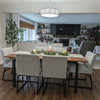
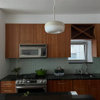
lee676
brickeyee
Related Professionals
Beech Grove Lighting · Cahokia Lighting · Fort Washington Lighting · North Bergen Furniture & Accessories · Queens Furniture & Accessories · Rochester Furniture & Accessories · St. Louis Furniture & Accessories · Gloucester City Interior Designers & Decorators · Little Egg Harbor Twp Interior Designers & Decorators · Queens Interior Designers & Decorators · Shorewood Interior Designers & Decorators · Framingham Center Electricians · Chicago Decks, Patios & Outdoor Enclosures · Garden City Decks, Patios & Outdoor Enclosures · Towson Decks, Patios & Outdoor Enclosuresla_koalaOriginal Author
brickeyee
lee676
lee676